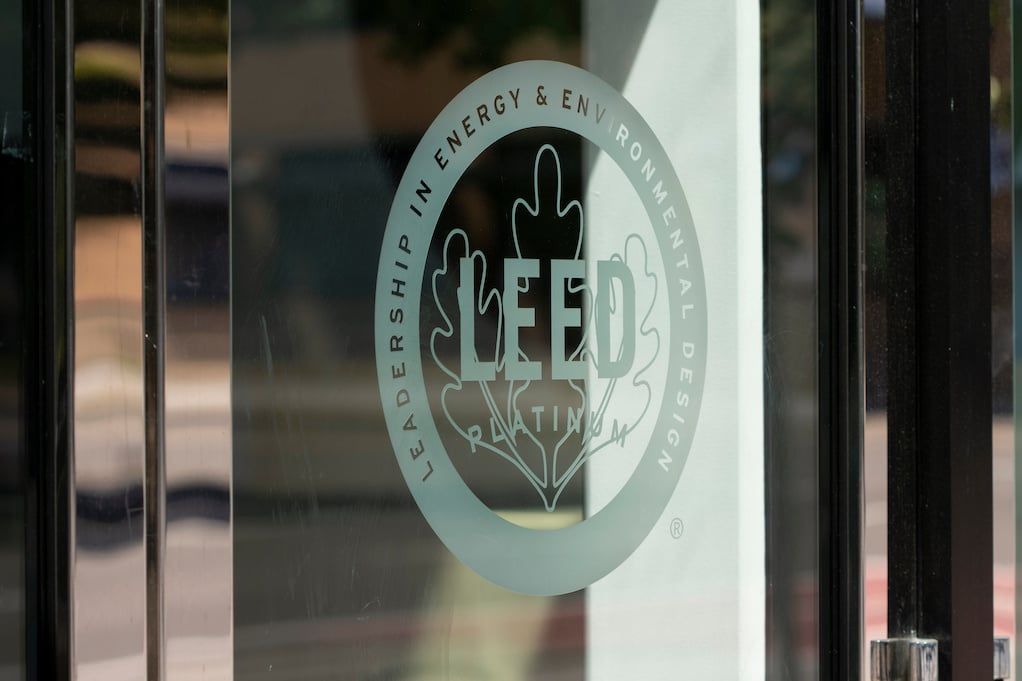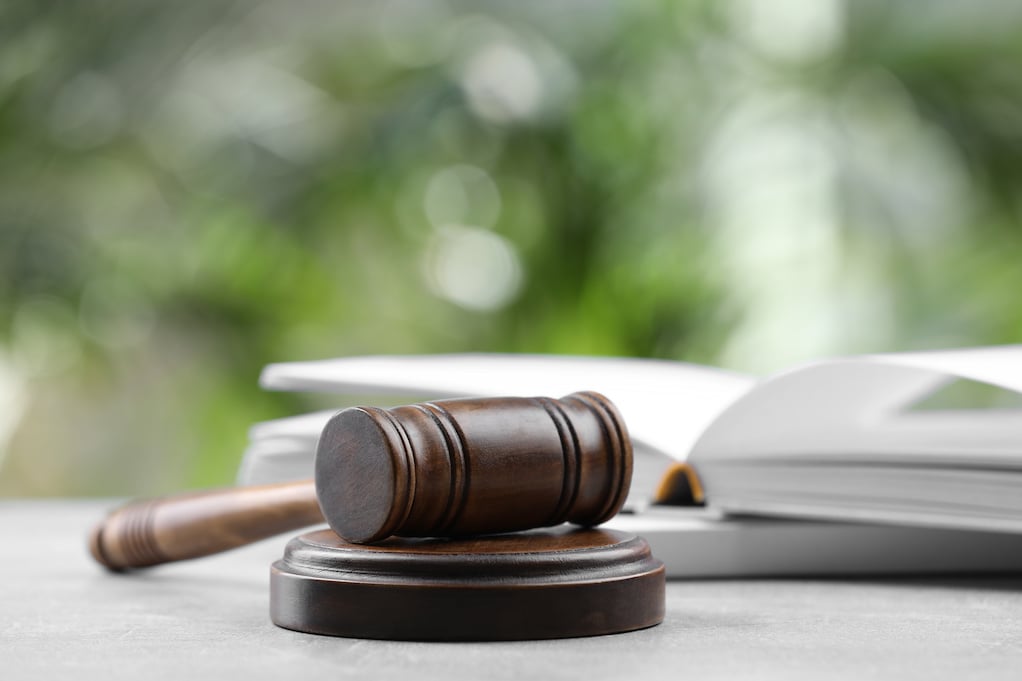More than ever, Environmental, Social and Governance (ESG) has climbed to prominence in corporate America. But, regardless of how you feel about measures to implement enforced corporate ethical practices, its growing influence will have irrefutable effects on your business (if it hasn’t already).
In this article we will review what you need to know about ESG and LEED standards as a corporate tenant, where such programs are most common, and how they’ll influence your budget going forward.
ESG and its Role in Commercial Real Estate
To accommodate the environmental aspect, many businesses are turning towards their footprint to improve their overall sustainability. In fact, they may no longer have the choice to do so. Growing pressure to adapt to carbon neutrality has launched a wave of legislature and fines targeting those who do not meet code.
To circumvent costly slaps on the wrist, companies are turning towards organized standards of environmental best practices for their businesses. The LEED (Leadership in Energy and Environmental Design) standard created by The U.S. Green Building Council (USGBC), is the most well-known qualification. And as such, has captured most of public attention.

LEED certification is a globally recognized symbol of sustainability achievement and is awarded to buildings that meet certain criteria in the areas of energy efficiency, water conservation, material selection and indoor environmental quality. Buildings can be certified at various levels based on their performance within the LEED rating system.
|
“Certifications like LEED are almost mandatory for new development projects in major urban markets these days, with many companies looking to the programs to enhance their reputation and meet ESG goals.” -Propmodo |
The Demand for LEED Certified Buildings
As the most popular green building standard, LEED certification has become sort of a buzz-word in the industry. Occupying a LEED certified building is a simple way for corporate tenants to align themselves with the movement towards sustainability. Doing so puts them on the right side of the cultural consciousness, and perhaps more valuable in the court of public opinion.
Because this, we’re seeing an increasing number of LEED certified buildings. On the inverse, demand for older, environmentally-challenged buildings is dipping significantly.
|
“Among the country’s 30 largest cities, 40 percent of office space has some kind of green certification.” -Propmodo |
This number is poised to climb further as stricter environmental edicts get phased in the next decade. For example, in New York, the Climate Mobilization Act, passed in 2019 implemented greenhouse gas emission limits on commercial buildings larger than 25,000 square feet. Properties that exceed the limits will face fines of $268 per metric ton over the limit starting in 2024 with stricter standards plotted to begin in 2030.
Now, on top of local fines, Both the Securities and Exchange Commission (SEC) and U.S. Treasury Department released proposals that forced public companies to disclose their greenhouse gas emissions and climate risk data.

So faced with steep fines, of course corporate tenants are looking towards LEED certified buildings. Peter Templeton, USGBC president and CEO, said in prepared remarks. “It was a strong year for LEED certifications across the US as companies and governments embrace LEED as a tool for meeting ESG goals and organizational commitments to climate action, occupant wellbeing, and resource efficiency.”
Regions with the Most LEED Buildings
So where are we seeing the most LEED certified buildings? The top spot isn't New York, but it is in the Northeast.

Massachusetts took first place this past year. Coincidentally: Out of the 50 states, Massachusetts was recently ranked among the worst for business by our country’s top CEOs. High taxes, more substantial regulatory burdens, and excessive living costs were the reasoning.
|
“Massachusetts tops the council’s list of top states for LEED buildings measured in gross square footage per capita over the past year at 3.76, followed by Illinois (3.48) and New York (3.17).” -GlobeST |
The Northeast is the region leading LEED certification numbers. This shouldn’t come as a surprise. Boston was the first US city to require a green building standard for large-scale municipal projects.
But what is notable is that states with populations dominated by large metros also had a spot on this list. Look at Illinois in second place. It goes without saying that Chicago is behind this earning. Our nation's cities are inundated with green buildings. For instance, Washington D.C. dominated the rest of the country in LEED certification per capita. “Though not a state, Washington, D.C., by far takes the top spot in the country with 46.06 over 115 projects,” according to GlobeST.
Since new ESG rules placed carbon limits on large buildings, office tenants (especially in multi-tenant metropolitan buildings) are likely to be inordinately affected.
This means that if you’re in a metro (or the northeast) be prepared for the consequences to start next year… and they won’t be cheap. Let’s talk about how this will affect your CRE budget
LEED Prevalence Marks a New Era of Negotiation
The growing prevalence of LEED and environmentally conscious buildings marks a new era of lease negotiation. If landlords who don’t meet code are slammed with fines, they’ll most likely be looking to negate their total cost and pass-through some fees to tenants.
|
"Owners of more than 13,500 properties may be fined a cumulative $900 million annually." -The Real Deal |
So, if you’re not already aware of your building’s emission data, it is time to become aware. If you are located in one of the aforementioned cities, this is particularly important. Because in the case that you are in a massive metropolitan office building and it hasn’t already converted, you’re looking at possible fees starting next year. Fees or the cost of upgrades will influence the total cost of your tenancy. So, be proactive. Get familiar with local edicts, where your building falls short, and the cost of any potential upgrades.

Also, be aware that if you’re looking for new space, older buildings have less demand. This is in part because LEED, or otherwise certified buildings, come with the promise of lowering the overall cost of operating expenses. So, while there may be a significant initial cost to upgrade, it’s expected to be negated over the term of a lease.
According to the USGBC, “Buildings that are LEED certified have reported nearly 20 percent lower maintenance costs than similar, non-LEED buildings, while green retrofits generally decrease operation costs by almost 10 percent in one year, according to the USGBC.” But keep in mind that the data source is the board that created LEED certification.
Regardless, you can maintain a two-pronged approach to contemporary lease negotiation. First, be prepared that there is higher demand for LEED certified buildings. This influences your ability to create leverage for your tenancy.
Second, if you are not careful when negotiating your OpEx, you could be financially responsible for more than you bargained for. if you’re drafting a new lease or in a position to renegotiate, ensure that any capital expenditures or additions to the building should remain in your landlord’s budget. This is especially true if they will outlast the length of your tenancy. Remember: They’re upgrading their building. Out-of-code buildings will be far devalued, so by contrast the market value of their property elevates with green standards. So, make sure that you don’t get stuck with the bill.
Protect Your CRE with a Tenant Rep
When drafting a new lease, it is crucial to consider how to safeguard oneself. However, with an overwhelming number of factors to take into account, it can seem like an insurmountable task, particularly as many of these regulations are relatively new. The responsibility for paying for environmental upgrades and associated costs is still largely unexplored terrain. As a result, it is critical to have a skilled Tenant Representative on board. They can carefully review your current or proposed lease to identify areas where you may be susceptible to cost increases.
In addition to identifying areas where you may be vulnerable to cost hikes, a True Tenant Representative™ can also assist you in staying on top of LEED certification requirements. They can also negotiate lease terms that allocate responsibility for any costs associated with maintaining certification. Moreover, a True Tenant Representative™ can help you protect your interests in leases by identifying and negotiating favorable lease terms. We can do this because we only represent corporate tenants.
By having a Tenant Representative on your side, you can ensure that your interests are protected and that you are well-informed throughout the lease negotiation and execution process. We can provide invaluable guidance and support, helping you make informed decisions and avoid costly mistakes. Reach out to a True Tenant Rep™ at iOptimize Realty® today.








